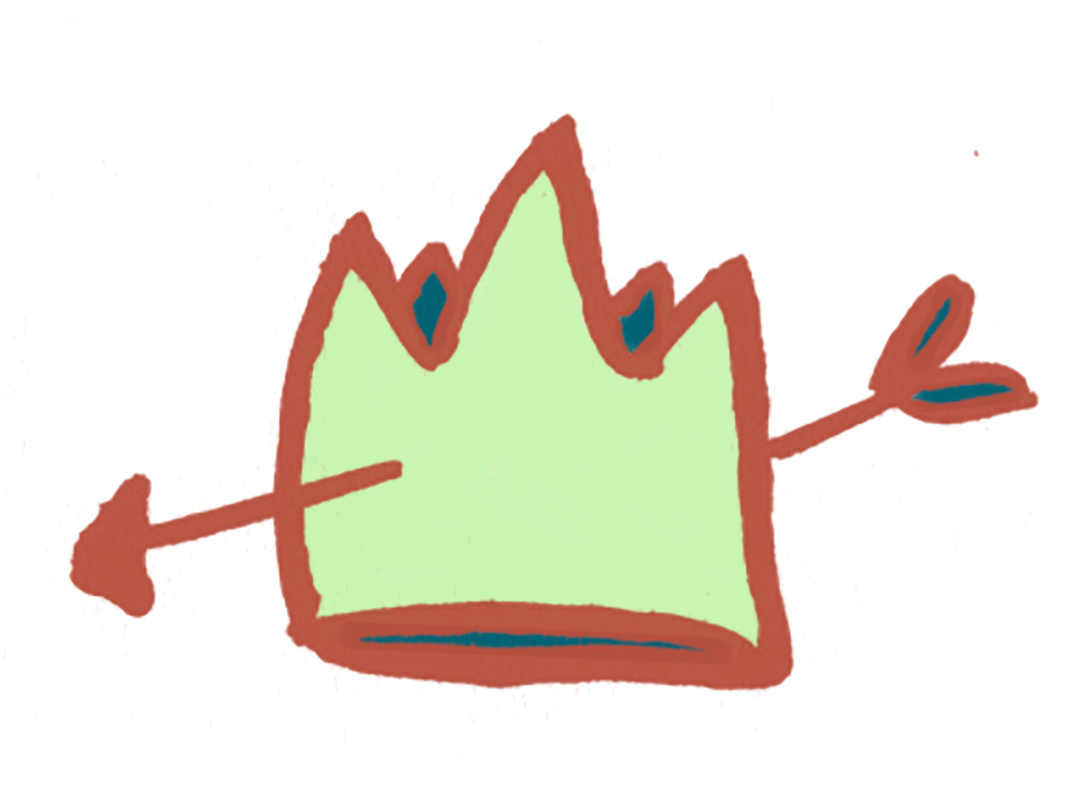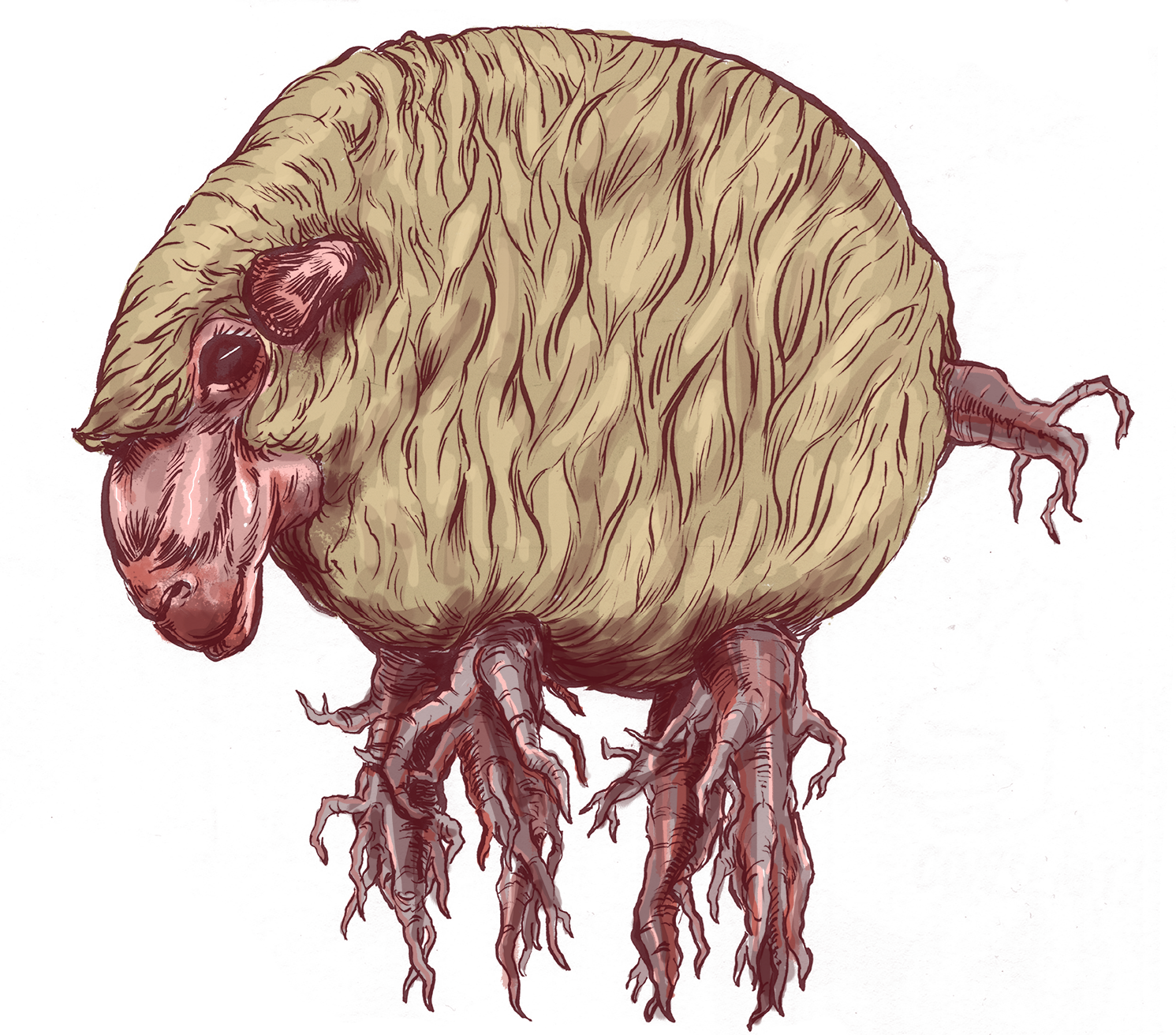

Madam Mythos
Europe

Baromez
there groweth a manner of fruit, as though it were gourds. And when they be ripe, men cut them a-two, and men find within a little beast, in flesh, in bone, and blood, as though it were a little lamb without wool. And men eat both the fruit and the beast
Sir John Mandeville
The Travels of Sir John Mandeville
Origins
14th Century England
Home
China
Alias
Scythian Lamb
Alias
Scythian Lamb
The Legend
The legend of the Barometz, sprouted from a bizarre notion that the British held, in which in Asia, there was a species of sheep that grew as a vegetable would. During the English Enlightenment, the true nature of the Scythian Lamb was debated by intellectuals and naturalists, with little resolution. It is thought that this myth arose from European travellers falsly documenting cotton plants that they came across in Asia.
Physical Description
This lamb has golden wool and instead of standing on hooved feet, it stands on several thick root stalks. It’s insides are a combination of blood and plant-like juice¹ or honey, depending on who is speculating. The Talmudic version of this creature descibed it as being attached to the soil by one sturdy stalk, and after it had eaten all of the foliage in the limited area that it could graze in, it shriveled and died.
- The Book of Imaginary Beings. Jorges Borges
- Armstrong, Philip. “Meat or vegetables? New Zealand’s literary sheep and Guthrie-Smith’s Tutira.” JNZL: Journal of New Zealand Literature 29 (2011): 12+.

